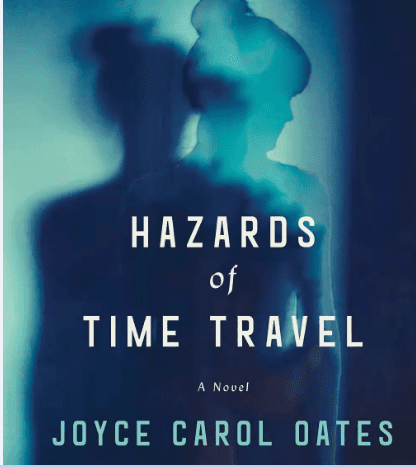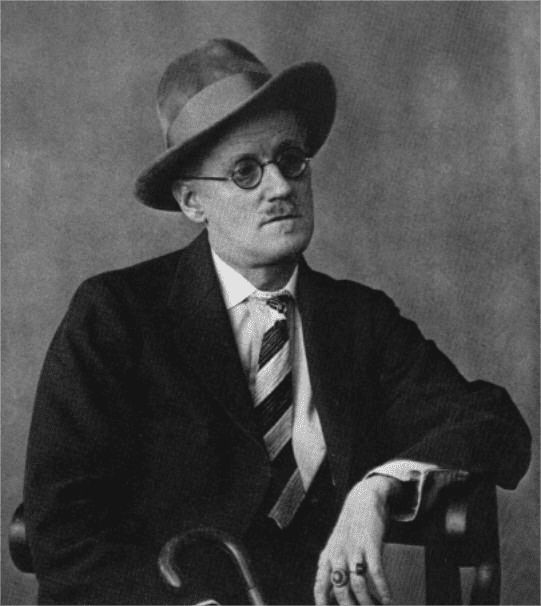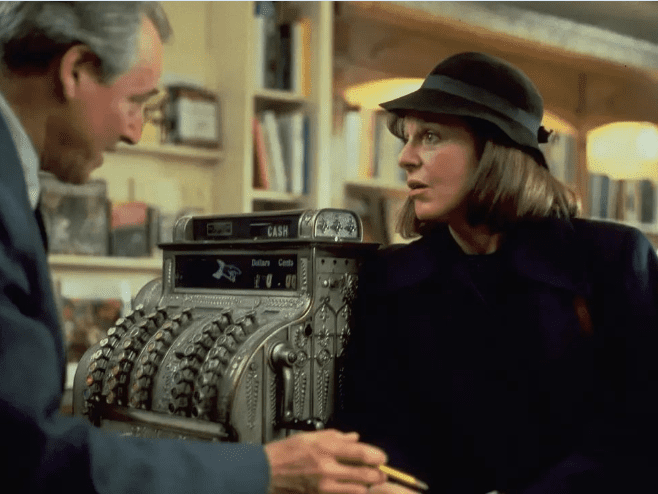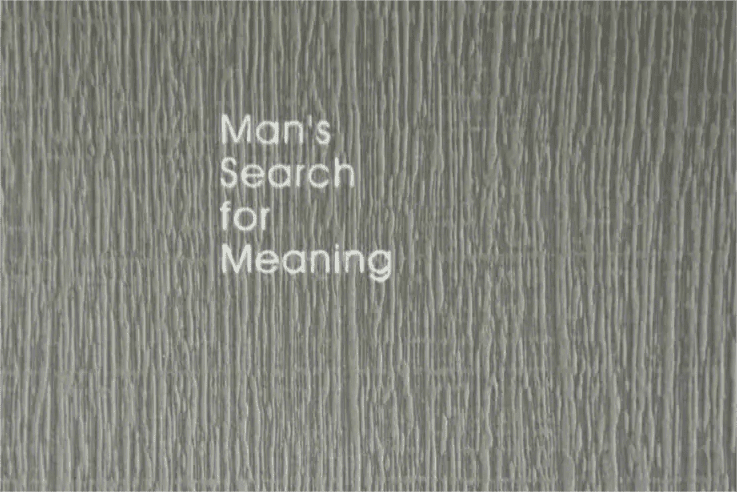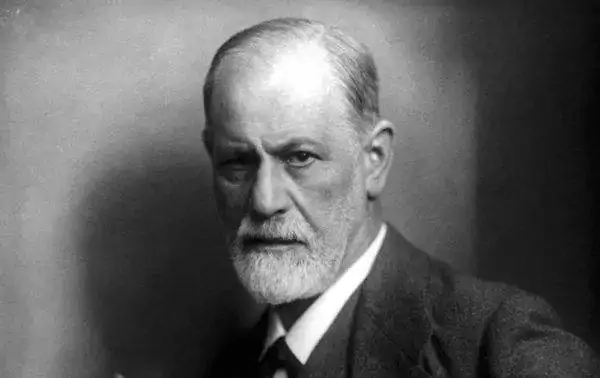American writer Joyce Carol Oates’s new work, Hazards of Time Travel, takes a time-traveling science fiction story as the framework, and develops the dystopian writing of Orwell and Atwood. It not only foresees the future crisis, but also focuses on the science fiction medium of time-space transmission to explore the history deeply. The first-person narrative perspective of the story makes it clear to the reader that all contemporary and even future effects can be found in history as necessary causes; The darkness of late American capitalism can be found early on in the logic of oppression. Oates’s successful attempt at science fiction suggests that the seriousness of time travel may lie in learning from history, criticizing the present and saving the future.
In 2018, at the age of 80, Joyce Carol Oates (1938 –), a contemporary American female writer, released her forty-sixth novel “Hazards of Time Travel” (hereinafter referred to as “Drifting”) in her sixty years of writing. When the Chinese version was published by Hunan Literature and Art Publishing House in 2021, a blurb on the jacket called it “a science-fiction masterpiece by a Nobel Prize-winning author.” In the midst of a global pandemic, and in the reality of the raging right-wing forces in the West, Oates’s “science fiction” is deeply critical in its ingenious conception, showing surprising foresight, as a review in the Observer put it: “[Perhaps given America’s poisonous realpolitik], this remarkable novelist shows a superhuman ability to predict the future and writes with the same air of authority as ever.” So this is not just a good book, but a realistic work in the guise of science fiction. When Oates guides us between the future and the past, she is most concerned with the present, so the magic world presented in the story is the projection of the most real existence.
Drifting was a huge success in the marketplace because of the twists and turns of its surface science fiction story. Thriller and space-time inversion are the most obvious tone of the novel. Its exquisite time-travel drama structure and man-machine integration of Cyborg image also make it very different from Atwood’s similar dystopian novels such as The Handmaid’s Tale, Oryx and Crake, and superior in readability. Of course, more importantly, the “time transport device” gives us the opportunity not only to peek into the spooky future, but also to travel back in time, thus allowing us to speak directly to history in terms of plot setting. Adrienne, the novel’s first-person narrator, is an outstanding high school senior living in the so-called North American States in 2039. Readers familiar with the dystopian script will immediately guess that the North American behemoth that has swallowed Canada and Mexico is mostly a totalitarian society at the end of its democracy, and that is indeed the plot, but it is more than a contemporary update of the dystopian narrative.
Despite his extensive reading experience, Oates’s infinite imagination limits our ability to anticipate the plot: Adrienne won the “patriotic democracy scholarship”, but at the same time because of the public questioning of the “9/11” American history before the event was convicted, arrested before graduation, and through the time transmission device was exiled to 80 years ago in the University of Wisconsin, namely the so-called “District 9”. In 1959, the United States seemed to be a world of simplicity and wealth, peace and warmth, but there was a turbulent undercurrent behind the easy life. Adrienne’s every move is closely monitored in time and space. The eyes that stare at her are everywhere. But the worst part is that the control chip implanted in her brain is also the source of her pain. She wants to recover her former identity but has lost her intellectual independence — she has become essentially online, like a cyborg in the “Cyborg Manifesto” by American philosopher Donna Harraway. She repeatedly tries in vain to “break through the ‘subliminal repression barrier'”, and when she tries to fight further and escape with her lover, she is punished severely: he is killed by a drone, and her memories are further reset, permanently stuck in the sixties as an “ordinary” housewife who wends her way between the past, present and future. Who is to say that this is not a state of being more terrible than actual death?
The space theory commonly used in contemporary literary criticism seems to be a little powerless in the face of this book, because in Oates’s conception, physical space, natural time, cyberspace and human mental space can be transformed, shuttled and deformed at will. Each space has no distinct recognition, and what’s worse, it can be delayed into a completely different scene. This instability may be the meaning that the author wants to convey to readers: the so-called reality that people try to grasp is not only not guaranteed in time, space and consciousness, but also not clear between the boundaries of dream, reality and cyberspace. Therefore, the time-travel plot designed by Oates not only caters to the reading interest of the public, but also announces the end of the “common sense” in our post-human era that human body boundaries stop at the skin and mental activities stop at the cerebral cortex.
Some of Adrienne’s observations are also lighthearted. When she finally fell in love with Jamie, a progressive artist in 1960, she felt “I’ve always loved this man, I’ve always known him. I loved him before I was born.” The romantic nature of time travel dramas seems to be in strange harmony with the logic of time. Or a brownstone building that once housed the Pensboro Public Library, the mouthpiece of the regime, the Media and Propaganda Department. “In those days you could still hold ‘books’ in your hand — you could read them!” It seemed that the paper book was an antique concept for Adrienne, a future high achiever. The two worlds, separated by 80 years, are also worlds apart in terms of natural landscape. The future had lost winter, “there hadn’t been cold temperatures or snow for decades,” so Adrienne was pleasantly surprised by the snow that filled Wisconsin in the 1950s and ’60s. In addition, the campus borders are rustic: live herds of deer, wild turkeys, pheasants, foxes and raccoons bring Adrienne, who grew up seeing only “real” or “virtual” animal images, into contact with real life.
Behind this alienation lies a serious retreat from environmental justice: by the mid-21st century, “much of North America’s natural landscape has been destroyed. Then people felt the real need for virtual landscape; There is a lot of investment from the upper castes in this sector.” There are no more “public” lands. “Historic national parks like Yellowstone, the Grand Canyon, and Yosemite have been sold to the private sector for mining, hydraulic gas extraction, logging, and resort projects for the rich. Trespassing is now a capital offence “. Adrienne’s story exposes the politics behind environmental issues: the looting of scarce natural resources by the powerful. And that’s just the tip of the iceberg.
The author left us with fun and jokes, but also concentrated in a piece of equipment – typewriter. Adrienne was shocked when she first saw the machine: it was so big, so hard to tap, it had no screen, and more importantly, it didn’t have an external connection, no power cord or Internet cable. The typewriter is a tool very different from modern computer facilities, but in essence it is a link in the evolutionary ladder of communication tools. Computers and typewriters, in particular, share the same information exchange medium – the keyboard. The extent to which the keyboard renders face-to-face communication obsolete may not have been fully appreciated by people then or by us now. So the image of typewriter linked up the causal relationship between the two times.
Adrift’s America has been brandishing a big stick at home and abroad since 9/11, a malevolent world: The United States of North America was established after the annexation of Mexico and Canada, and the citizens were closely monitored internally. No matter who was outstanding in talent, politics and character, they would be destroyed. Therefore, citizens’ various achievements would not be concerned only when they were in the median. People live in constant fear of being “marked”, “exiled” or even “vaporised”, among which the death penalty is expressed in various ways, including the computer language term “deleted”. Oates deliberately coined various acronyms and designations, such as “Neurosurgical Security Services (NSS)” and “Department of Homeland Security Youth Training (YDDHS).” If you were to make a statistical table of acronyms for the novel, you could list more than thirty short names for violent institutions.
1959, on the surface, seemed a relief. After World War II, the United States was “thriving”, with an optimistic atmosphere in every corner. People were optimistic about the future of society, and the whole society was speeding along the highway of modernization. Adrienne should be grateful she’s in the middle of it. But we congratulated her too soon. As mentioned above, the “United States of North America” fetters convicts all the time by monitoring them through the space-time system, and those who violate the rules will be immediately “deleted”. This is, of course, the indirect control of the authorities in 2039 over the government in 1959, but it has already illustrated the hidden connection between the two ages and two seemingly different political atmospheres. No wonder Adrienne feels it: “There’s so much freedom in District 9, but it doesn’t feel very free.” This is the true ingenuity of Oates’s time-travel structure: we find the roots of 2039 in the events of the fifties and sixties, and the greatest irony of all is that it is from the United States, a seemingly prosperous “democracy,” that the most horrible totalitarian rule of later generations was born. Another irony here is that Adrienne was convicted for asking the truth about American history, but her exile has given her the opportunity to dig deeper. The logic of exile, which had been intended to make her better in the culture of the 1950s, had unprompted opened her eyes to the fact that all the effects of the present, and even the future, had their necessary causes in history, all of which were seen in detail.


